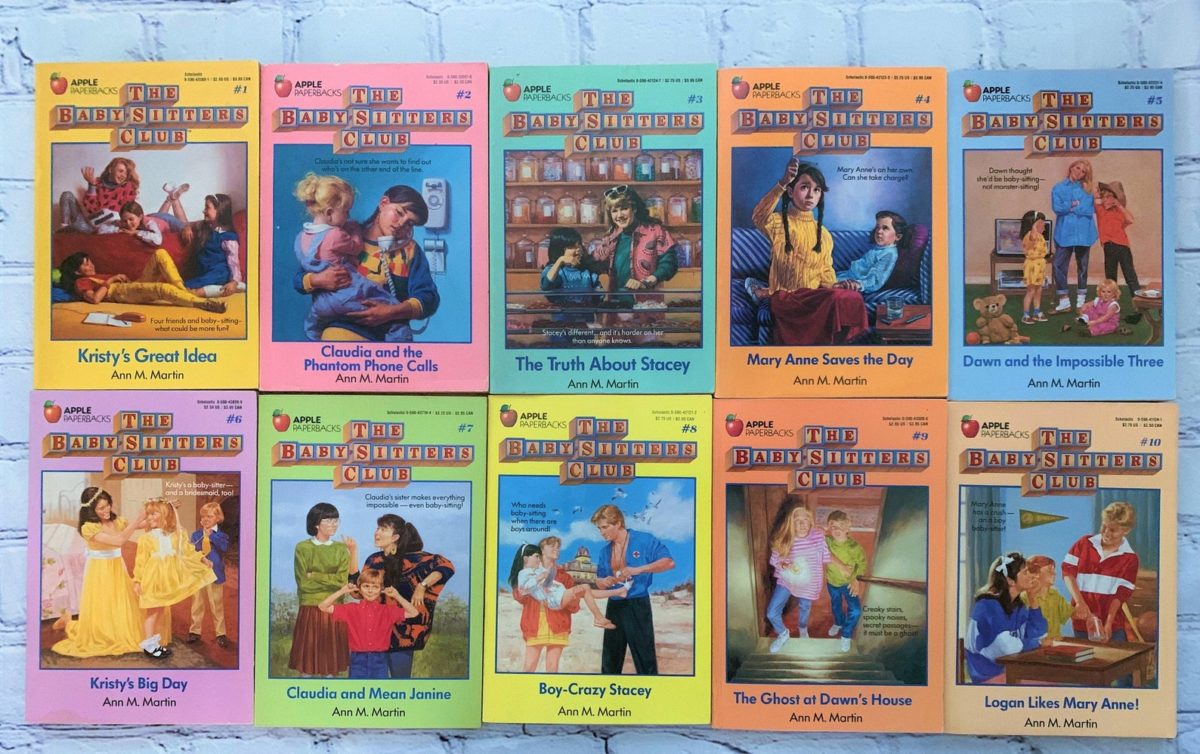
When I was eleven, my father had moved from California to Hawaii for work, a distance of approximately 2479 miles. I remember exactly nothing of what we discussed during our scheduled phone date each Sunday morning. My mother worked full-time and late. Until the age of ten, I was charted by various after-school transport programs to the various after-school care centers set up around the city, most often the YMCA or Girls Club. By twelve, in order for my mother to save money, I was taking some form of public transportation each evening to get back home. In short, I was a professional latchkey kid.
You have reached your article limit
Sign up for a digital subscription and continue reading all new issues, plus our entire archives, for just $1.50/month.
Already a subscriber? Sign in




